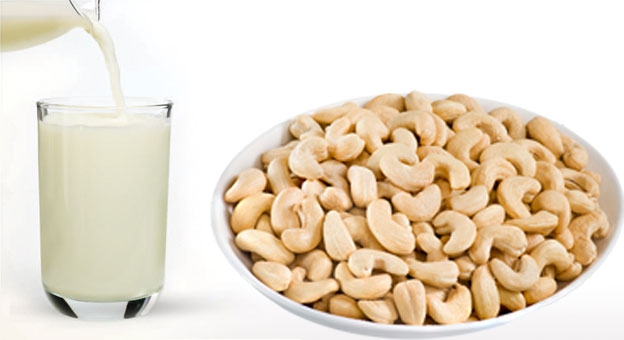
I twisted the filter basket into place so that the machine’s blade was submerged in the ingredients and then placed the whole top back onto the base.Īfter that, it’s literally a one-button process. Five cups of water went into the base of the Almond Cow, while the following went into the filter basket: one cup of unsoaked cashews, a quarter-teaspoon of salt and two pitted dates (the recipe called for three, but I prefer very lightly or unsweetened plant milk). The machine comes with a book of recipes, which I followed almost to a tee. It also comes with a “collector cup,” which is just a plastic vessel with grooves on the bottom that perfectly cradles the machine’s removable top, making clean up easier and way less messy than you’d think.Īfter washing all the included parts first, I dove into my first endeavor: making cashew milk. It doesn’t take up too much counter space and I found it easy to clean as well. A bit larger than your standard pitcher of lemonade, it can make five to six cups of plant milk at a time. It’s basically a big stainless steel jug with a removable top that has the machine’s blade attached to it. I’ll admit, the Almond Cow is a bit intimidating when you unbox it.

In testing the Almond Cow, I was hoping to figure out if making plant milk would actually be worthwhile and if it could help me reduce the amount of store-bought plant milk I buy.

It’s time consuming and messy, and honestly it’s one of the main reasons why I never wanted to try to make my own alt milk at home. In addition to the Almond Cow, there are a number on the market from companies including Nutr, ChefWave and Tribest – all more niche than a regular ol’ blender, which is exactly why I wanted to give one a go.Īnd I should say: You could easily make plant milk using a blender (the more high-performance, the better), but it requires a few additional steps, namely filtering your blended up ingredients through a nut milk bag. It’s essentially a big, high-powered blender with just enough moving parts to make alt milks at home, including an attached blade, a filter basket, a big base and a motor inside that makes all of the magic happen.īefore I get into my time with the Almond Cow, it’s worth mentioning that plant milk machines aren’t new, but they aren’t as ubiquitous as standard blenders either. Almond Cow is a company that makes a milk-maker machine that shares its name that removes a lot of the work involved with making your own non-dairy milk. With all that choice, it may seem counterintuitive to make your own non-dairy milk at home, but Almond Cow believes that there are plenty of people who would rather take that route. Just go to your local supermarket and you’ll find different varieties and flavors of almond, cashew, soy, oat and coconut milk, and even the occasional pea and flax milk choices, too. Even since I made the transition from cow to almond milk, many more non-dairy milk options have hit the market.

I’ve been drinking non-dairy milk almost exclusively for about eight years, but only recently did I think to make my own.

We wanted to know if these impressive-looking appliances actually do what they claim and if they’re worth the splurge. As part of Cooking Week, we set out to test some of the most niche (and, in some cases, ridiculous) kitchen gadgets we could find.


 0 kommentar(er)
0 kommentar(er)
